| Euspira catena (da Costa, 1778) |
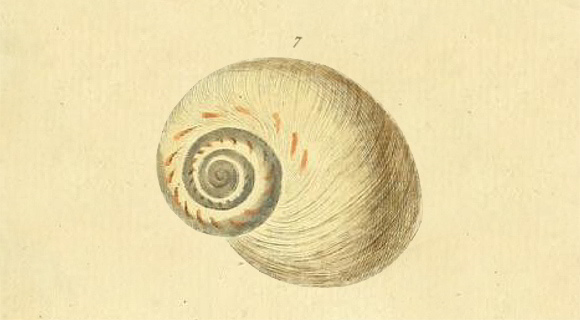 |
North Sea to Mediterranean. Predator on seashells (mostly Tellinids) in the infralittoral and circalittoral, on sandy bottoms.
Basionym: Cochlea catena.
Above, the species in E. M. da Costa: Historia naturalis testaceorum Britanniae, London 1778, plate V. |
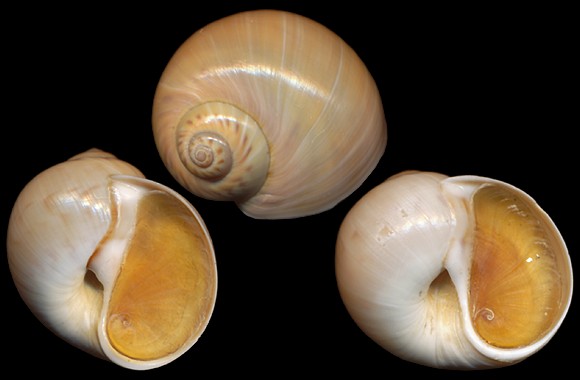 |
| 3m deep, on sand, Le Grau-du-Roi, Gard, S. France. 28-32mm. |
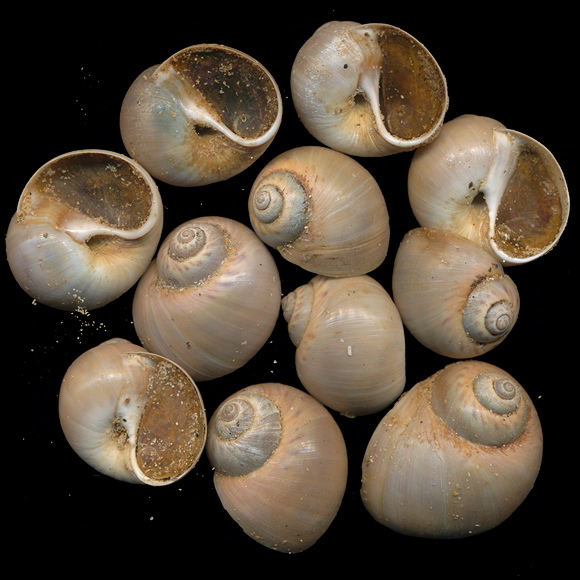 |
Atlantic specimens.
Intertidal, on sand, along the shore between Saint-Hilaire-de-Riez and Saint-Jean-de-Monts, Vendée, W. France. 19,5-26mm. |
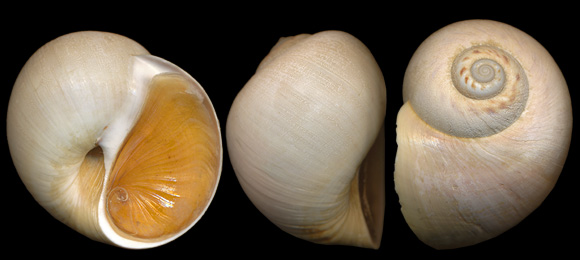 |
The name of this species refers to the spiral necklace-like ornament that runs along the suture of the first whorls. General colour creamy sand. Periostracum shiny, pinkish when animal alive. Sculpture made up of thin prosocline growth striae. Umbilicus open; parietal callus whitish, reduced; aperture white. – Subtidal, buried in rough sand, Les Noires, Plage de Bon-Secours, Saint-Malo, N. Britany, NW. France. 33mm. |
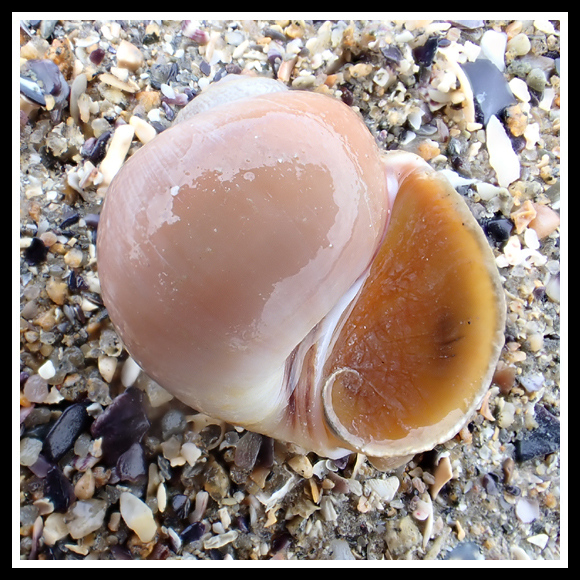 |
| In ripple marks at extreme low tide, on the mild slope between La Nellière and La Colombière islets, Pointe du Chevet, Saint-Jacut-de-la-Mer, NE. Brittany. |
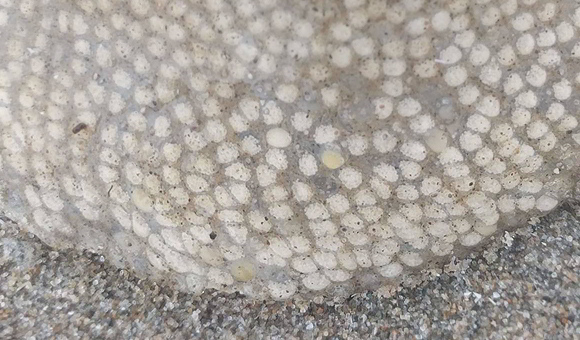 |
| The eggs in their matrix. At low tide on the beach, Noordwijk, N. Zuid-Holland, Netherlands. Original picture provided by M. Langeveld for iNaturalist – (CC BY-SA). |
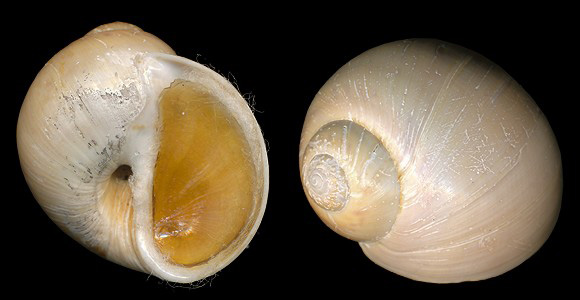 |
Synonyms: ampullaria, castanea, monilifera.
56°N 5°E, Danish section, North Sea. 27mm. |
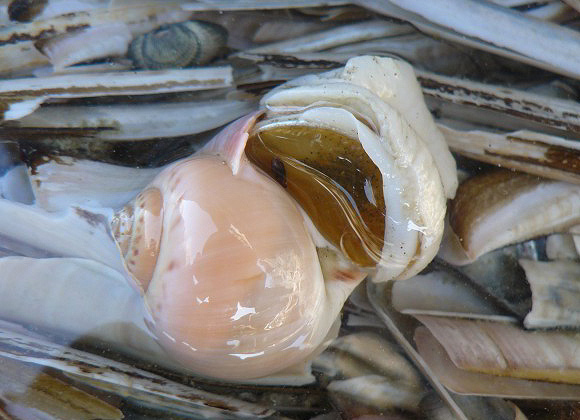 |
| Live specimen pictured at low tide, Nieuwpoort-bad, Belgium, by F. Aäron for WoRMS – (CC BY-NC-SA). |
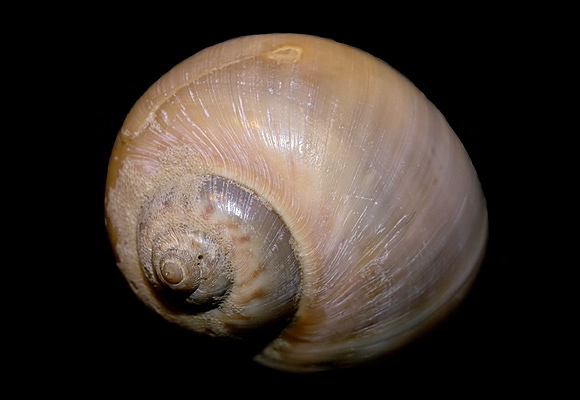 |
| A specimen « from the west of the Belgian continental shelf », with its typical ornament on the first whorls, pictured by H. Hillewaert for Wikimedia Commons – (CC BY-SA). |
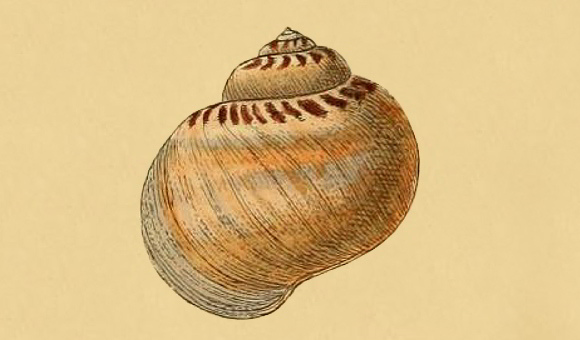 |
| The species in G. B. Sowerby: Illustrated index of British shells, London 1859, plate XVI. |
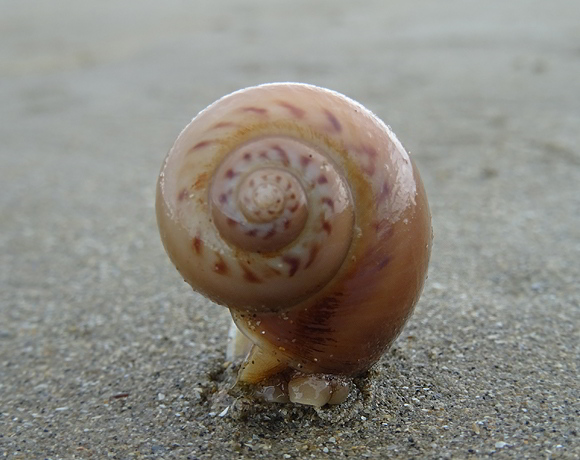 |
| At low tide on the beach, Deauville, Calvados, southern Normandy, NW. France. Original picture provided by the Tachibana Twins for iNaturalist – (CC BY-NC). |










